Along the Majuli silk route
The future of eri weaving has been frayed by the advent of cheap machine-made silks

Deepika Kaman’s trained eye can distinguish between almost identical looking male and female moths. “They look alike, but one is longer than the other.”
“That is the male,” she says, pointing to the brown and beige creatures with a wingspan of around 13 centimetres. “The short, thicker one is the female.”
Deepika is a resident of Borun Chitadar Chuk village in Assam’s Majuli district. She started rearing eri silkmoths some three years ago, apprenticing under her mother and grandmother.
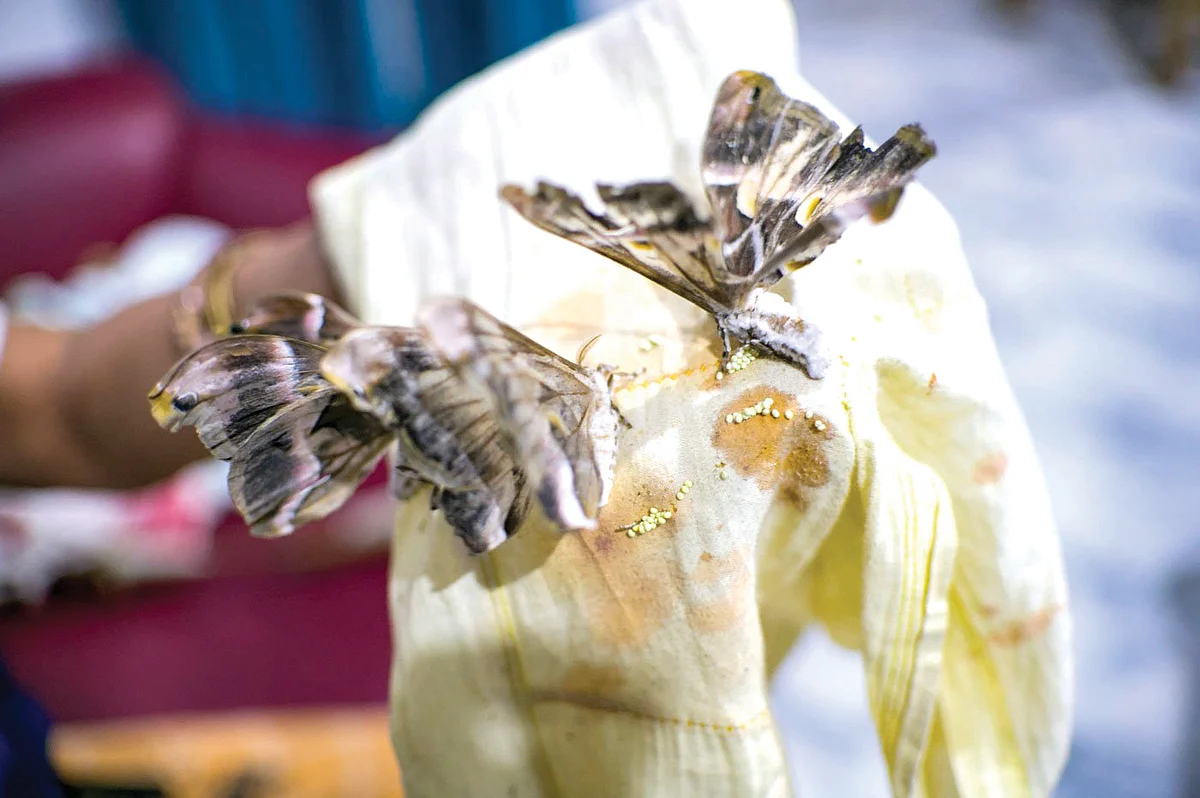
Eri is a silk cultivated in the Brahmaputra valley of Assam and neighbouring Arunachal Pradesh, Manipur, Meghalaya and Nagaland. The Mising (also spelt Mishing) community has traditionally reared silkworms and woven eri cloth for their own use, but silk weaving for commercial sale is a relatively new practice in the community.
“Times have changed,” says 28-year-old Deepika. “These days even young girls learn and practise silkworm rearing.”
People either procure eggs from the department of sericulture in Majuli, at a cost of around Rs 400 a packet for some varieties, or get them for free from villagers who are already engaged in the occupation. Deepika and her husband Udai usually opt for the latter. The couple do not keep more than three pairs of moths at a time since it means acquiring more era paat (castor leaves) to feed the hatched larvae. Since they do not have an era bari (plantation), they must forage for the leaves.
The caterpillars are hearty eaters and it soon becomes difficult to source enough era leaves for them. “We even have to wake up and feed them at night. The more they eat, the more silk they produce.” Udai also mentions that they eat keseru, but it’s one or the other: “They eat only one specific leaf in their lifetime excluding all others.”
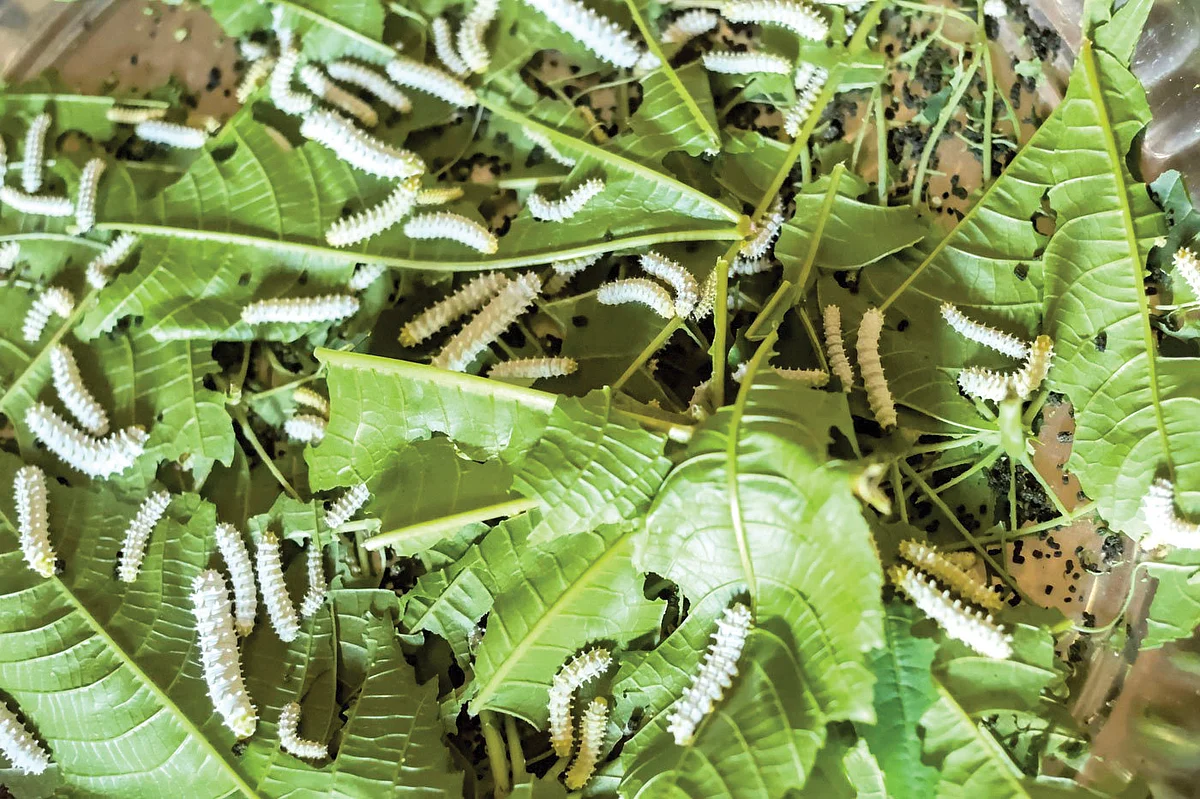
They are kept on banana leaves and hay to await the transformation. When they are ready to cocoon themselves, the polu poka (caterpillars) start crawling around looking for suitable places. “Once they start making the threads, they are visible only for the next two days or so. After that they disappear within the cocoon,” says Deepika.
***
The process of extracting silk fibre begins around 10 days after the start of the cocooning process. “If we keep them any longer than that, the caterpillar turns into a moth and flies away,” says Deepika.
There are two ways of harvesting the silk: either wait till the metamorphosis is complete and the moth flies away leaving behind the fibres, or the traditional Mising practice, which involves boiling the cocoon.
Deepika says it is difficult to extract the fibre by hand unless the cocoon is boiled. (Once the moth emerges, the cocoon is quick to rot.) “While boiling, we keep checking them to see if they have softened up,” adds Udai. “It takes around half an hour over a fire.”
The polu poka is a delicacy, eaten after its extraction from the boiled cocoon. “It tastes like meat,” says Deepika. “It can be fried or eaten as patot diya (a delicacy wrapped in banana leaves and smoked).”
The extracted fibres are washed, wrapped in a cloth and dried in the shade. The threads are then spun using a takuri or popy (a spindle).
“It takes three to four days to make 250 grams of eri thread,” says Deepika who spins the thread after her daily household work is done. “A metre of eri silk can be woven in a day if we start working in the morning and keep at it throughout the day,” she adds.
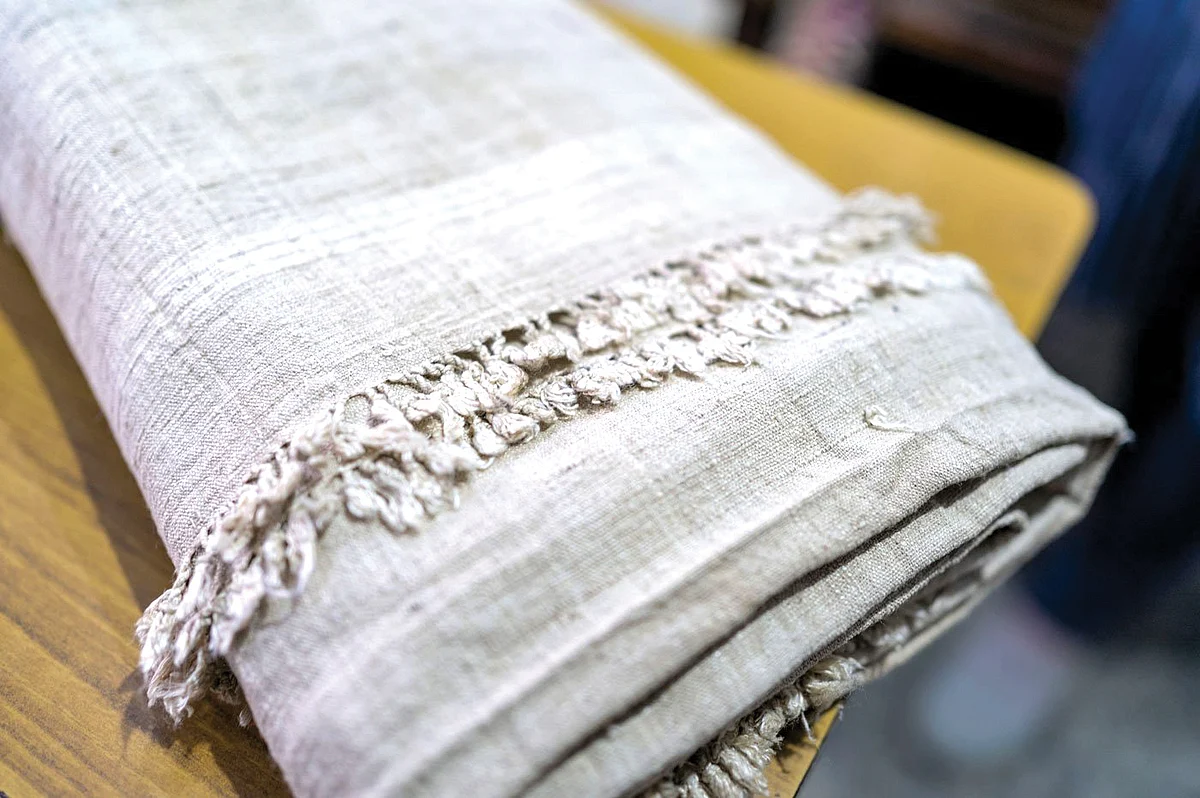
A traditional sador-mekhela (a two-piece dress) requires almost a kilogram of yarn. The threads are white when first spun, but repeated washes turn them the distinctive yellowish colour of eri.
The silk threads are also woven mixed with cotton thread. The cloth is used to make shirts, saris and traditional dresses worn by Assamese women. Saris are also being made with eri, a new trend.
Maintaining a silk business is hard work. “It takes a lot of time to rear silkworms and then weave clothes,” says Deepika, who has taken a break from silk cultivation. With household chores, seasonal agricultural work and raising her four-year-old son, there is simply no time for it.
***
Jamini Payeng is a master weaver in her 40s, and is recognised by the Crafts Council of India.
She has been weaving eri silk cloth for about a decade and is concerned about the waning interest in the craft. “These days, there are people among us who have never touched the loom. They can’t distinguish what is real eri. That’s what things have come to.”
While in Class 10, Jamini took a course on textiles and weaving. She practised for a couple of years before quitting to join college. After graduation, she joined a non- governmental organisation and began visiting villages in Majuli to observe traditional silk weaving.
“In the households where eri is reared, the children learn from their mothers,” says Jamini, who is also from Majuli. “I was not taught to do taat-bati (weave) or to spin a bobbin. I learned by watching my mother do it.”
She says most women were then wearing silk clothes they had made on their handloom, since casual machine-made clothes were not as abundantly available as they are today. Women dressed in sador-mekhela made of eri, nooni and muga silk and carried “their takuri (spindle) everywhere”.
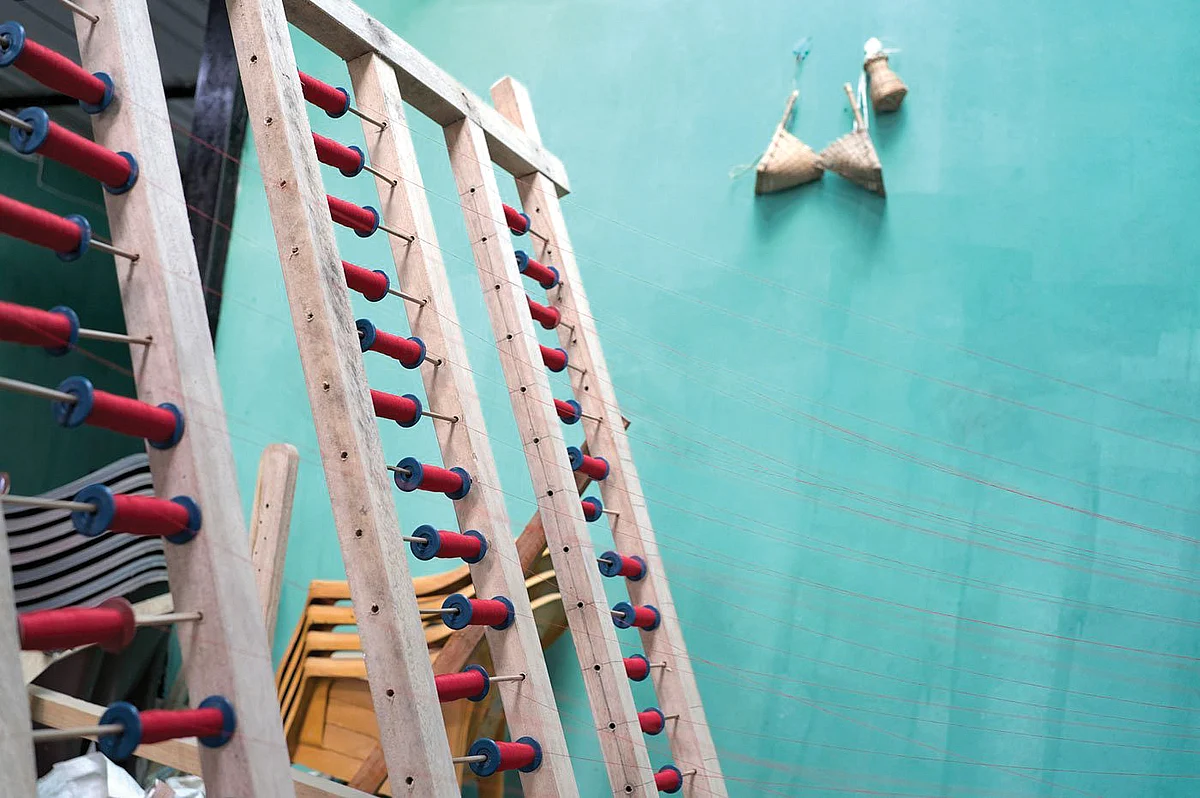
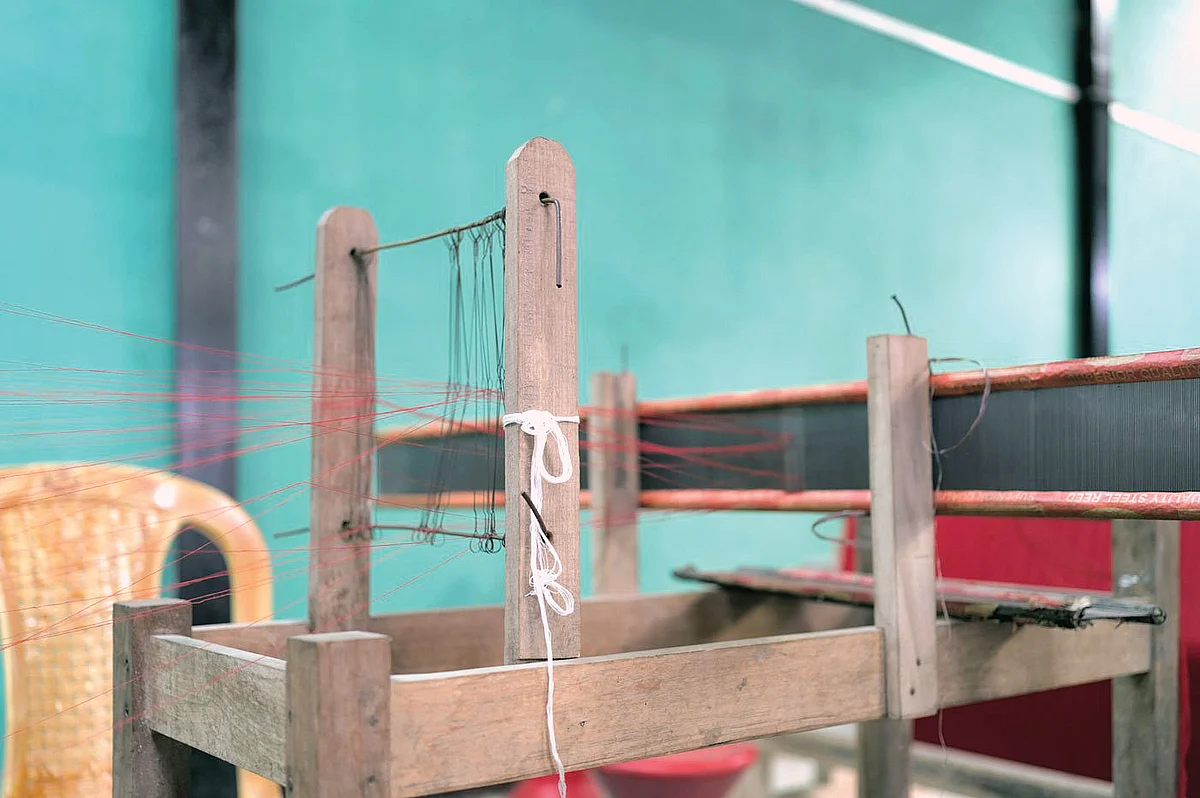
Jamini was inspired. “I decided I would rear eri silkworms and teach other people how to do the same.” Currently, she trains about 25 women from Majuli. Her work has been exhibited within the country and outside, including a piece in the British Museum.
“The demand for eri clothes is high, but we make it using traditional methods,” says Jamini. Elsewhere, it is also woven on machines, and silk from Bhagalpur in Bihar floods markets in Assam.
For handmade items, prices depend on the kinds of threads and techniques used, as well as the intricacy of the design. A handwoven eri stole with traditional designs can go for more than Rs 3,500. The market price for a handwoven sador-mekhela starts around Rs 8,000 and can go up to Rs 15,000 to 20,000 in the local market.
“Earlier, Assamese girls used to weave gamusa, rumal and pillow covers for their lovers and our Mising girls also wove galuk,” says Jamini, who believes this rich cultural heritage will disappear if people don’t revive traditional methods and pass them on to the next generation.
“That’s why I have been taking it up as a responsibility.”
This story was first published by the People's Archive of Rural India (PARI). Reproduced with permission.
Follow us on: Facebook, Twitter, Google News, Instagram
Join our official telegram channel (@nationalherald) and stay updated with the latest headlines
